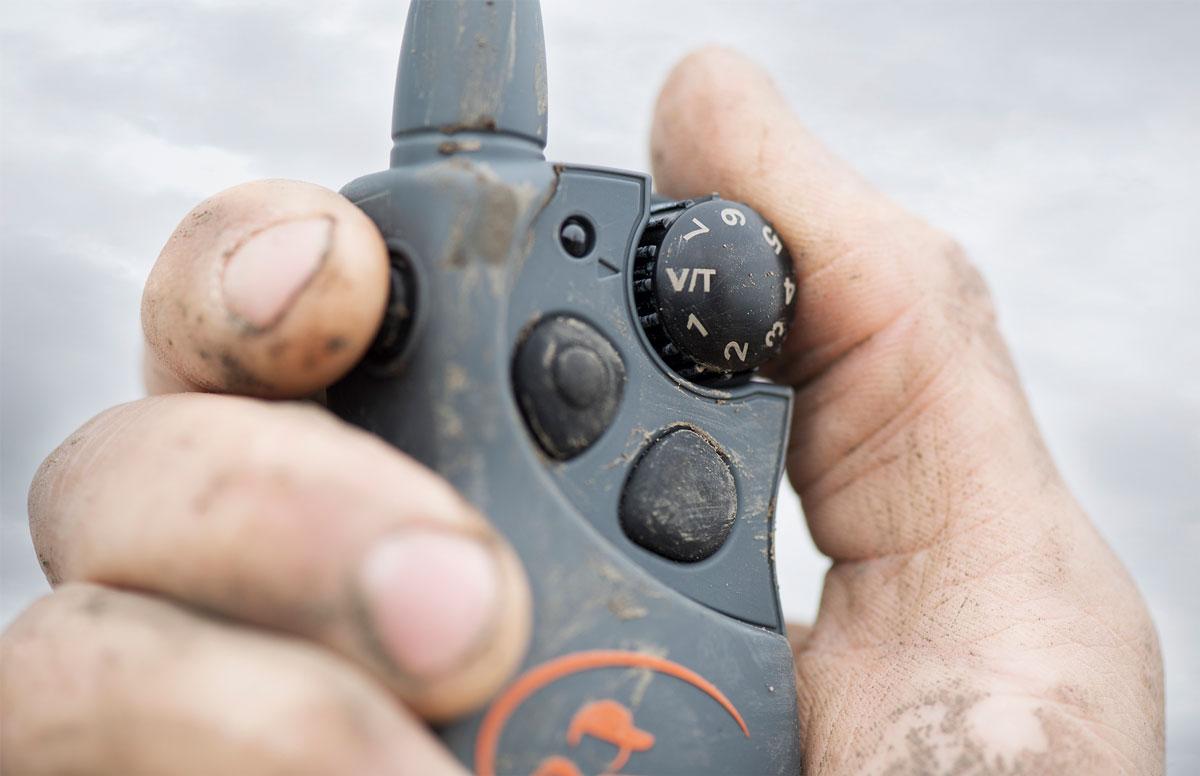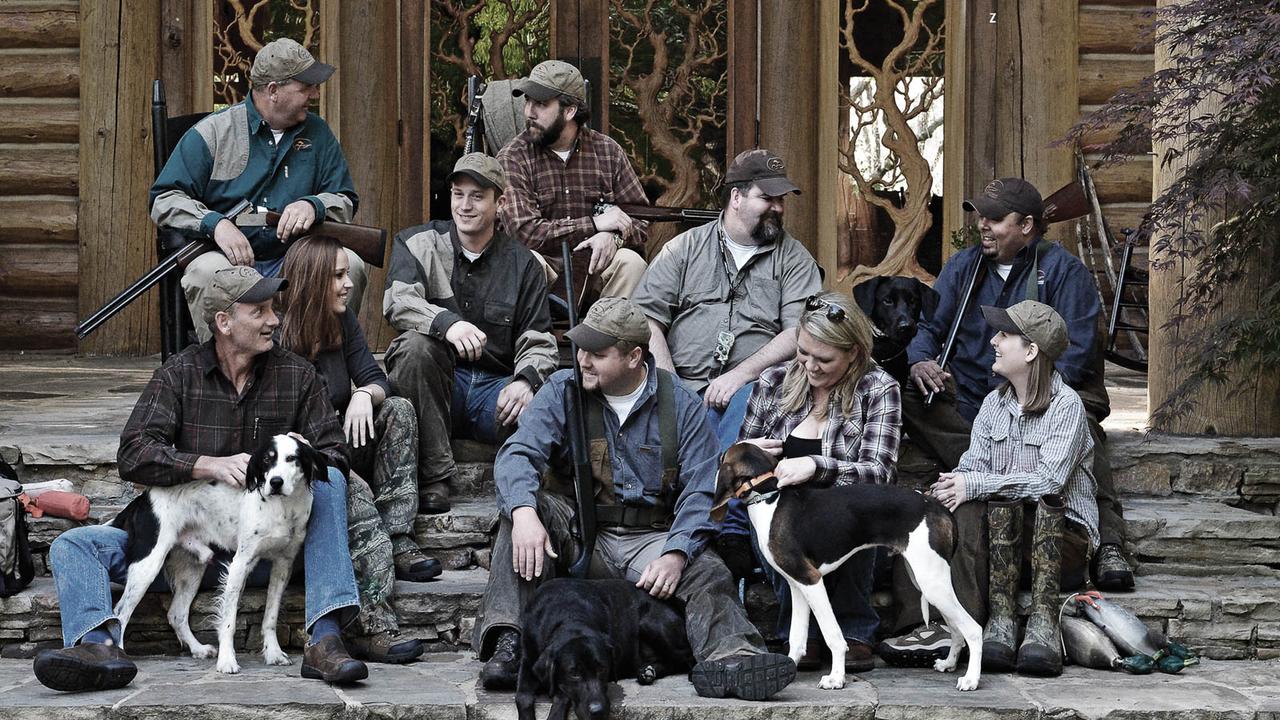
Finding Your Dog's “Just Right” E-Collar Level
Posted by The SportDOG StaffMany times, for a new hunting dog owner who's just bought their first remote trainer, there's a temptation to chuck the collar on straight away and start pressing buttons. Some rookie trainers reckon that a modern e-collar is like a magic remote control, where dogs instantly and robotically follow every command. Others wait for their dog to stuff up, and then hit a button to punish him. Of course, neither of those tactics are real effective. In fact, properly training a hunting dog with an e-collar takes time and, most importantly, focus.
One of the most fundamental tasks when prepping to train with a remote training collar is finding the right level for your dog. This level depends on heaps of factors, like your dog's breed, age, fur, and their own individual temperament. It's like the Goldilocks principle - you're after something that's not too harsh, and not too gentle - but just spot on.
Luckily for trainers, the new SportDOG Brand® X-Series offers 21 different levels of static stimulation, as well as vibration and tone. This broad range of levels allows handlers to precisely adjust their corrections to be spot on for any dog – 'just right', you might say.
But before you start using your new system, first take the time to understand how it works. Have a squiz at the training manual and get to know your Transmitter and what each button, dial, and switch does (if there's any). Knowing how to properly use your device will let you make more consistent and on-the-spot corrections, leading to a more effective training session. In fact, every remote in the X-Series lineup is designed for 'no look' operation, meaning you can keep your eyes on your dog and not your gear.
Figuring out your dog's level is important, but it's pretty easy to do. Once your Handheld Transmitter and Collar are fully charged and working, pop the e-collar around your dog's neck. The collar should be tight enough that the metal points touch the dog's skin, but not so tight that it's hard for him to breathe. Let them get used to the collar for a few minutes before you start pressing any buttons.
Once they've settled down, dial your Transmitter to its lowest setting and push a stimulation button. It's very important to pay total attention to your dog during this process (again, that's why SportDOG® X-Series collars are designed to be operated intuitively and without looking at them).
What you're lookin' for is a bit of a subtle change in your dog's behaviour. Your dog might prick his ears, cock his head, or have a scratch. It's quite possible that on the lowest setting, your dog won't notice a thing. Just bump up the static level by one and have another go. If your dog yelps or gets antsy, the level's too high. With the X-Series' 21 levels of static stimulation, finding your dog's exact level is easier than ever.
Finding your dog's right level is crucial for good training, 'cause your dog will quickly and positively learn how you want him to react to that stimulation. To train a hunting dog properly, the aim isn't to punish or scare the poor thing - actually, that's often a backward step. Instead, the static stimulation is meant to get a dog's attention back on the behaviour you're after.
Keep in mind that your dog's level will vary depending on a range of environmental factors. For instance, a dog that's being trained in the familiar environment of his backyard will probably need a lower level of static than a dog that is hunting wild-running rooster pheasants. Your job is to constantly 'read' your dog so you can figure out how to provide the right level of stimulation.
There's one final and deadset important thing to remember: teach your dog how to properly respond to a command on a leash or check cord before cracking on with the e-collar. Making your dog 'guess' the proper response to a command is rough on your dog and can actually set back your training program. Starting out with a leash or lead lets you physically help your dog follow a command. Once they've nailed that, then it's time to chuck in the static stimulation as a cue for the behaviour you're after.
Learning how to use the 'just right' level of stimulation might be considered child's play, but it'll teach you the importance of maintaining complete focus on your dog - which will serve you well as your training program advances.
Visit sportdog.com/youtube to learn more about introducing the e-collar.

The SportDOG Staff
Related Products

